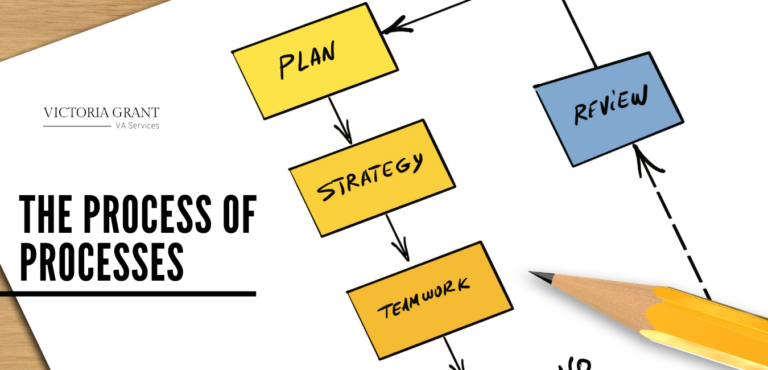A Comprehensive Guide to Weekly Planning
Do you ever feel like the weeks just fly by and you’re left wondering where all the time went? Effective weekly planning can transform how you manage your time, making you more productive and less stressed. By strategically organising your tasks and priorities, you can take control of your week and ensure you’re always moving closer to your goals. Here’s a comprehensive guide to help you plan your week.
Step 1: Reflect on the Previous Week
Assess Your Wins and Challenges
• What Went Well: Start by celebrating your successes from the previous week. What did you achieve? Recognising your wins can boost your motivation.
• Identify Challenges: What didn’t go as planned? Understanding what hindered your progress can help you avoid similar pitfalls in the future.
Step 2: Set Clear Goals
Define Your Priorities
• Weekly Goals: Set 3-5 major goals for the week. These should be aligned with your larger monthly or yearly objectives.
• Daily Goals: Break down your weekly goals into smaller, actionable daily tasks.
Step 3: Time Blocking
Structure Your Schedule
• Create Time Blocks: Divide your day into blocks of time dedicated to specific tasks or activities. For example, you might have blocks for email management, meetings, focused work, and breaks.
• Peak Productivity: Identify when you are most productive and schedule your most important tasks during these times.
Step 4: Prioritise Your Tasks
The Eisenhower Matrix
• Urgent and Important: Tackle these tasks first.
• Important but Not Urgent: Schedule these tasks to ensure they get done without the last-minute rush.
• Urgent but Not Important: Delegate these tasks if possible.
• Neither Urgent nor Important: Consider eliminating these tasks from your schedule.
Step 5: Use a Planner or Digital Tool
Choose Your Tools
• Paper Planners: Some people find that physically writing down their tasks helps them remember and stay organised.
• Digital Tools: Apps like Asana, Trello, or Todoist can help you manage your tasks and collaborate with others.
Step 6: Plan for Flexibility
Expect the Unexpected
• Buffer Time: Include buffer time in your schedule for unexpected tasks or delays.
• Adapt and Adjust: Be ready to adjust your plan as needed. Flexibility is key to managing a dynamic workload.
Step 7: Incorporate Breaks and Self-Care
Avoid Burnout
• Scheduled Breaks: Plan regular breaks to rest and recharge. The Pomodoro Technique, which involves 25 minutes of focused work followed by a 5-minute break, can be particularly effective.
• Self-Care Activities: Include time for exercise, hobbies, and relaxation to maintain a healthy work-life balance.
Step 8: Review and Adjust
End-of-Week Reflection
• Review Progress: At the end of the week, review what you’ve accomplished. Did you meet your goals? If not, what held you back?
• Plan Ahead: Use your end-of-week reflection to inform your planning for the next week.
Effective weekly planning is about creating a roadmap that guides your actions and keeps you focused on your goals. By reflecting on your past performance, setting clear objectives, prioritizing tasks, and maintaining flexibility, you can make the most of your week and steadily progress toward your long-term goals.
Take the first step today by sitting down and planning out your upcoming week. And if you need a little extra help getting organised, consider booking a Business Admin Audit with us. We can help you streamline your processes, set clear goals, and manage your time more effectively. Book your FREE no-obligation discovery call now to start your journey toward better productivity and success!







